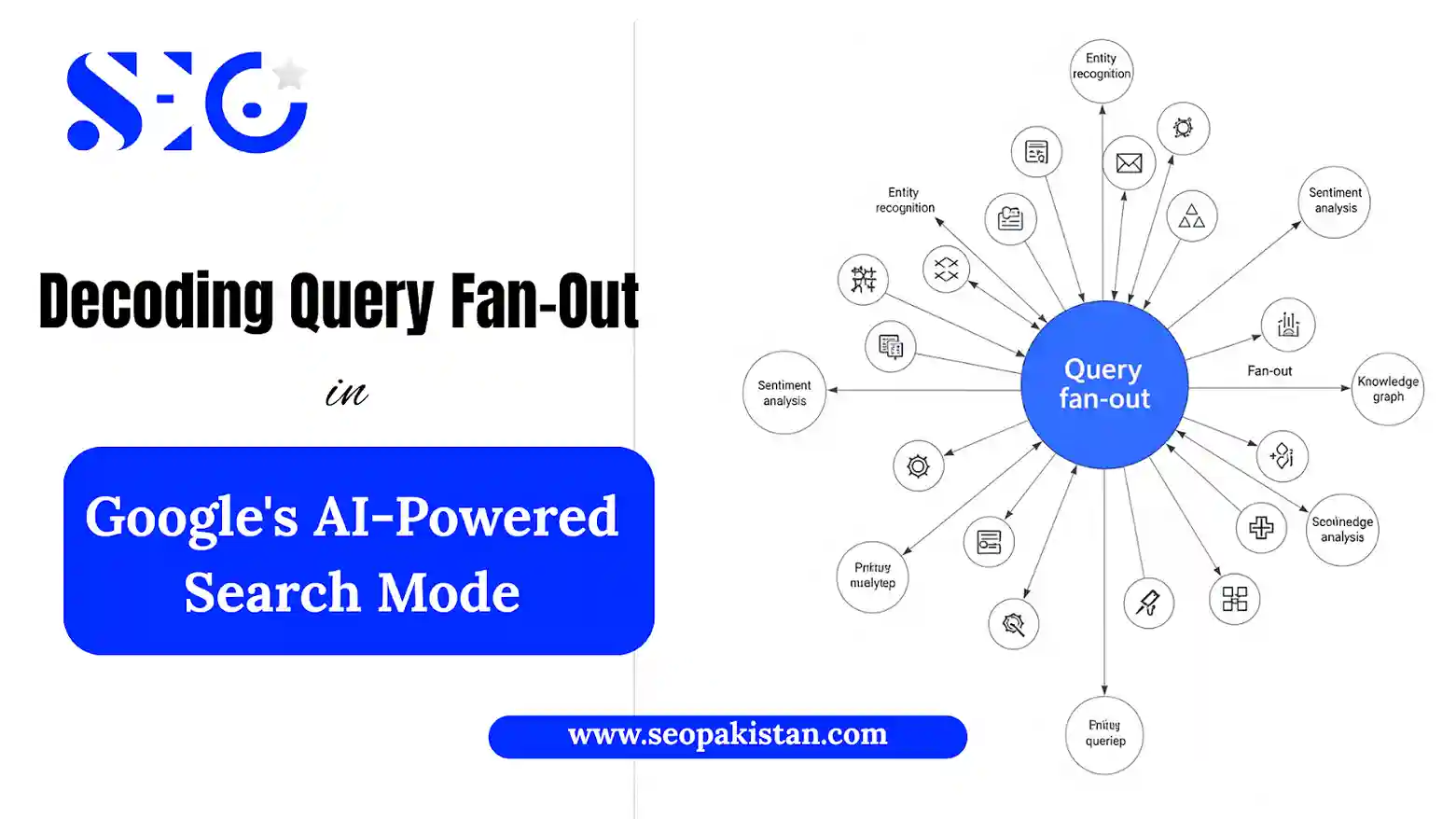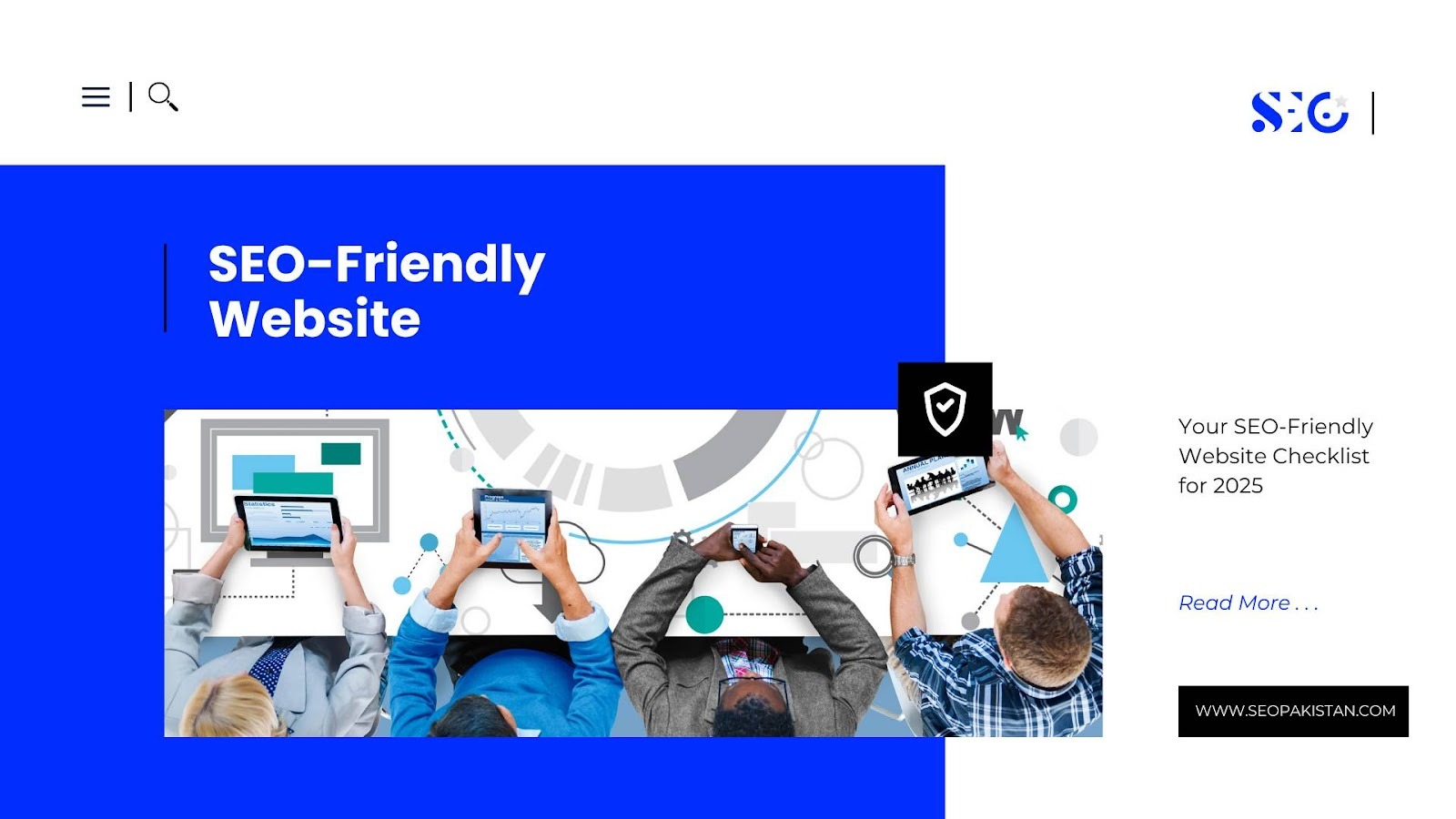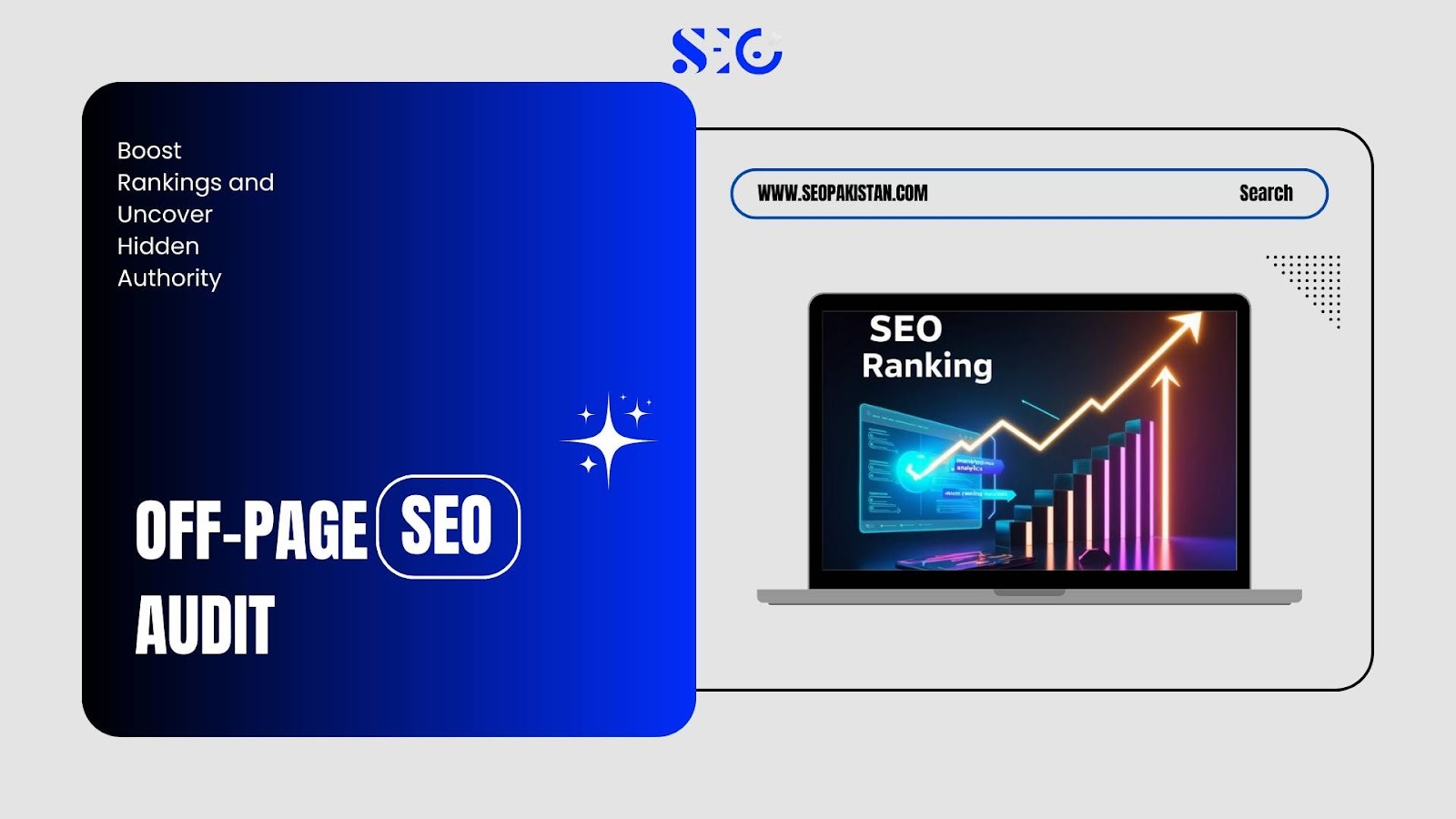I’m Syed Abdul, an AI specialist and technology enthusiast with years of experience analyzing and implementing AI-driven solutions across industries.
Now, let’s dive into one of the most talked-about developments in AI-enhanced search: Google’s revolutionary approach to search with AI-driven features. As businesses and publishers adapt, one term you may have come across is “query fan-out.” But what does it mean? Understanding this concept is crucial if you want to remain competitive and relevant in the era of AI-powered search.
Google’s AI Mode, powered by their advanced language model Gemini, introduces significant differences compared to traditional search. One major distinction is the use of query fan-out, a sophisticated method that enables Google to deliver highly tailored answers to user questions by analyzing subtopics and user intent.
This new approach brings a mix of hurdles and possibilities for publishers. To make sense of the query fan-out and its implications, we’ll break it down step by step.
What is Query Fan-Out?
When a user enters a query in Google’s AI Mode, the system interprets it as more than just a straightforward question. Instead, the query is broken into multiple smaller search queries that reflect various subtopics or “subintents” related to the original question. This process is known as query fan-out.
According to Mike King, CEO of SEO agency iPullRank, the subqueries are built to anticipate the broader range of information a user may find useful.
For example, if someone types “best protein shake for workout,” the AI might break it down into subqueries like:
- “top-rated protein shakes”
- “protein shakes for muscle gain”
- “low-sugar protein shakes”
- “best post-workout recovery drinks”
This helps deliver more comprehensive and relevant results.
This all happens instantly and seamlessly in the background. The AI gathers information from across the web and synthesizes it into a direct, concise answer to the user’s overarching query.
Adithya Hemanth, SEO lead at marketing agency Incubeta, notes that query fan-out ensures users receive comprehensive answers—even if they didn’t explicitly ask for certain details.
This mechanism is particularly effective for handling more complex searches, such as “plan a family vacation for 5 across the U.S.” Here, query fan-out would break the search into smaller pieces, like “family-friendly road trips,” “best travel destinations for children,” or “family vacation budget tips.” The AI extrapolates the next possible steps a user might need while keeping them engaged in the search experience.
How Does Query Fan-Out Differ from Traditional Search?
Conventional search relies on a keyword-driven approach, delivering a single set of results for each query. But in AI Mode, a single query generates multiple smaller subqueries, leading to many sets of results being processed behind the scenes.
Olaf Kopp, co-founder of SEO agency Aufgesang, explains how traditional search evaluates an entire webpage for relevance, while query fan-out works differently. It identifies specific “chunks” or passages from webpages to compile into the AI-generated response.
Additionally, Google does not disclose which subqueries are triggered during the fan-out process, making it harder for publishers to optimize their content for visibility.
“This feels new in its presentation, but the logic is what SEO should have always been moving toward,” notes Mollie Ellerton, head of SEO at Hookflash. “The challenge lies in optimizing for what is essentially an unknown process.”
What Does This Mean for Publishers?
With AI Mode, the traditional focus on arranging content to rank for a single keyword is becoming increasingly outdated. The new goal is to create useful content that aligns with a variety of subqueries under one broader topic.
Unfortunately, this shift also means fewer opportunities for engagement. Where users might have traditionally conducted multiple searches to answer their queries, they now receive all the insights they need directly from Google’s summarized responses.
According to Lily Ray, VP of SEO strategy at Amsive, Google’s AI Mode design discourages users from clicking on external links. “Clicks are rare right now. This is obviously intentional,” Ray stated.
Though some users might still want more in-depth analysis and end up visiting websites, the majority of intent is captured by the AI output itself. This reduces the traffic publishers receive, especially for evergreen content like guides or how-to articles.
“We’re shifting from prioritizing traffic to building brand performance,” says Ellerton, recognizing the uphill climb for publishers to remain visible.
Can Publishers Optimize for Query Fan-Out?
Google’s lack of clarity regarding query fan-out creates significant challenges for optimization efforts. Tools like Google’s “People Also Ask” feature or third-party programs like AlsoAsked are being used to explore potential subqueries.
Mike King developed Qforia, a tool designed to mimic query fan-out by generating 20-30 related subqueries based on an initial search. This has become a valuable resource for some publishers, though many are also creating custom tools to fill this gap.
Currently, optimizing for AI Mode consists of adhering to best practices that have been emphasized before, such as Google’s E-E-A-T framework (Experience, Expertise, Authoritativeness, and Trustworthiness).
Here’s how SEO strategies are evolving to cater to query fan-out:
- Focus on Subtopics: Identify potential keywords and craft tailored answers for possible subqueries.
- Restructure Content: Use bullet points and short, clear sentences. Aim for 2-4 sentence passages that clearly address specific intents.
- Showcase Real-World Experience: Incorporate original data, videos, and user experiences to make content stand out.
- Anticipate User Intent: Think about the questions users might ask on their search journeys. For example, a piece about “Denver travel” could also address “Denver flights,” “hotels in Denver,” or “family attractions in Denver.”
According to Hemanth, “You need to be the source of the best answers, not just the best page.”
On the other end, SEOs like Ellerton are examining user-generated platforms like Reddit and TikTok to understand emerging search trends and behaviors.
What Does the Future Hold for Publishers?
AI-driven search marks a radical departure from traditional SEO strategies, and query fan-out lies at its core. While it creates a more efficient experience for users, it presents challenges for publishers to remain visible.
Still, there is room to adapt. By prioritizing content quality, understanding user intent, and rethinking how topics are structured, publishers can maintain relevance and ensure their insights are accessible to AI models.
“SEO as we know it isn’t enough anymore,” King warns. “But there’s a chance for those who innovate and adapt to thrive in this evolving landscape.”













